CTRL+K
CTRL+K
The Hammam, a hallowed haven nestled within the winding pathways of Moroccan cities, transcends its purpose as a mere bathing ritual. It stands as a cherished cultural treasure, a sacred space where cleansing ceremonies seamlessly intertwine with social bonding and spiritual renewal. This ancient tradition extends far beyond the realms of religious observance, weaving itself into the very fabric of communal life. Within the Hammam’s sanctified walls, men, women, and even children gather on a weekly basis, partaking in a time-honored practice that has withstood the test of generations.
A long time ago, during the Roman and Islamic periods, the Hammam became a crucial part of Moroccan culture. Inspired by ancient Roman baths, Hammams developed into sacred spaces where people would come together to clean their bodies and nurture their souls. These special places allowed communities to bond and find peace through the ritual of cleansing. Hammams were more than just baths – they were havens for physical and spiritual renewal. People would gather in these sanctuaries to wash away the stresses of daily life and connect with their inner selves.
Structured in three or four rooms with varying temperatures, the Hammam session unfolds as a sensory journey, spanning from 30 minutes to an hour or more. Here, amidst the enveloping warmth, guests surrender to the therapeutic benefits of dry heat, allowing sweat to prepare their skin for deep purification.
At the heart of the ritual lies the application of traditional black soap, a velvety paste crafted from olive oil and infused with fragrant eucalyptus. Applied liberally like a mask, this soap softens the skin and primes it for exfoliation—a process carried out with the aid of a crêpe glove known as “Kis.” The result is unmistakable: improved blood circulation, firmer skin, and a radiant complexion, as dead cells are gently sloughed away.
The experience for women continues with ghassoul, a clay full of minerals from the Middle Atlas region. As it dries, ghassoul cleanses and softens skin, revealing a smooth, glowing complexion. It’s versatile too – ghassoul enhances hair’s sheen and movement while preserving its natural strength.
After the soothing Hammam experience comes to an end, the final cleansing rituals hold a deep spiritual meaning. The ablutions become more than just physical cleansing – they symbolize a sacred purification of the body, mind, and soul. Participants emerge feeling completely refreshed and rejuvenated, not just on the outside but from within as well. Their spirits are now prepared for prayer, meditation, and inner reflection.
As a bride gets ready for her special day, the Hammam ritual holds a special meaning. It represents cleansing and preparing herself for the exciting journey of marriage. With a lit candle in her hands, her body is gently bathed in pure, nourishing milk. Beautiful henna designs adorn her skin, symbolic of the new beginnings that await. This age-old tradition allows the bride to embrace a state of grace and purity as she steps into her marital life with joy and anticipation.
A Hammam in Morocco is not merely a place for physical cleansing. It is a sacred space where traditions, community, and spirituality intertwine. With each visit, people immerse themselves in an age-old ritual that nourishes their bodies and souls. It is a timeless practice that honors the rich cultural heritage of Morocco, passed down from generation to generation with great reverence. As one enters the Hammam, they embark on a transformative journey, leaving the outside world behind and embracing a sanctuary of tranquility.

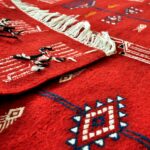

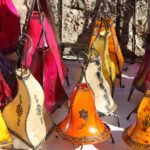


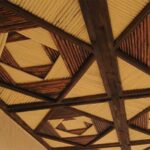

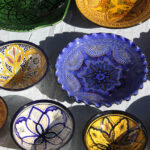


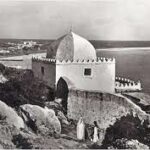



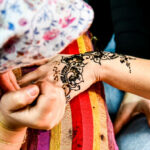
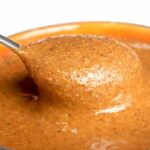
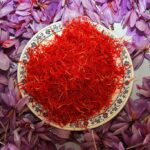
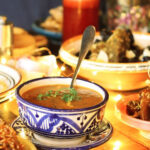
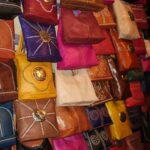
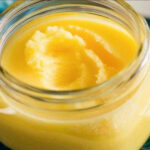
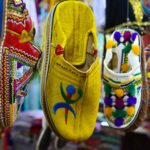


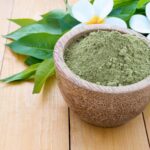
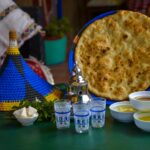
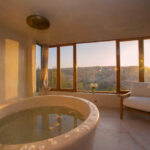
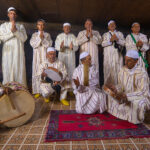







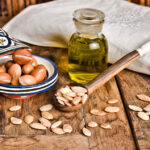
There are no results matching your search.
Reset